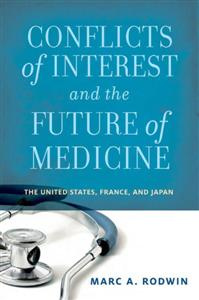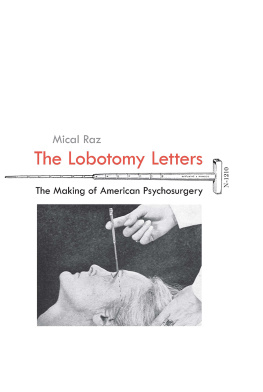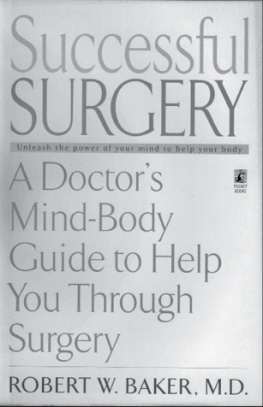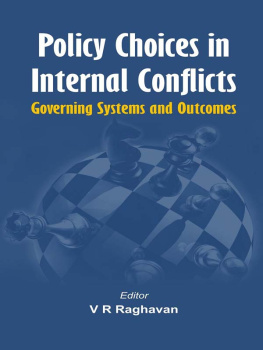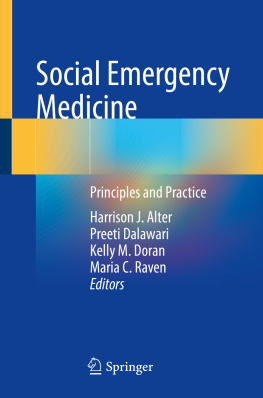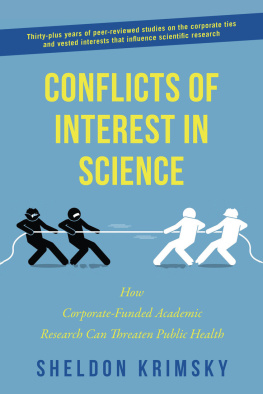Coping with Physicians Conflicts of Interest in France
As we have seen, during the French Revolution, the state assumed the Catholic Churchs moral authority and charitable functions and enshrined the idea of the common good in secular public law. Today, the state attempts to regulate individual pursuit of private interests that conflict with its conception of the public interest. This approach shapes French ideas about conflicts of interest and the states response.
THE STATE ROLE IN PUBLIC, FOR-PROFIT AND NOT-FOR-PROFIT MEDICAL PRACTICE
Yves Meny, a French scholar who writes about corruption, points to French public figures holding several offices as evidence that the Anglo-Saxon idea of conflict of interest has not fully developed in France.Nevertheless, France first developed conflict of interest rules to prevent public servants (and private actors serving public functions) from using their power or position to further their private interests or those of other parties. Ideas about conflicts of interest for private actors developed later, often as a result of the importation of conflict of interest rules from Anglo-American law.
The state serves the public interest in medicine by operating public hospitals that employ physicians. It thereby increases access to medical care, controls medical costs and quality, and eliminates many conflicts of interest that arise from physician entrepreneurialism, fee-for-service payment, and ties between physicians and third parties. The state also organizes public medical schools, funds medical research, and licenses physicians. National health insurance (NHI) ensures access to medical care but does not preclude conflicts of interest that arise in private practice. To address these conflicts, the state oversees and limits the scope of physician entrepreneurship much more than do the United States or Japan. At the same time, the state gave a role to NHI insurance funds (NHI funds) in overseeing private practice and to the Order of Physicians in professional self-regulation.
Creating and Overseeing the Public Medical Sector
After World War II, the state expanded public hospitals and made them centers for research and innovation. Prime Minister Michel Debrs 1958 reforms ended the practice of physicians working half-time as public hospital employees and half-time as self-employed practitioners in private hospitals. Since then, physicians in public hospitals have been paid a salary set by rank and are eligible for tenure. They lack conflicts of interest arising from physician entrepreneurship, fee-for-service payment, and indirect 8ncentives to control costs or further management goals. Medical school faculty members are also public employees paid a salary set by rank. Rules restrict certain outside paid activities that conflict with their employment.
However, to retain prominent physicians who might otherwise choose private practice to earn more, the Debr reforms allowed chiefs of medical service to devote two half-days a week to private consultations and to reserve 8 percent of hospital beds for their use. Physicians could charge patients seeking private consultations sector II fees, which are typically about 50 percent more than the NHI fee schedule. In return, physicians received a 20 percent lower salary and paid the hospital a user fee for services the hospital supplied for their private work. In 1987, the Ministry of Health (MH) set user fees as a percentage of the physicians fee, ranging from 15 percent for office visits to 60 percent for certain surgeries.
Private consultations created conflicts of interest arising from fee-for-service payment and led physicians to favor private over public patients. Some physicians promoted their private practice at the publics expense. They instructed receptionists to tell patients that they could choose a particular physician only by obtaining a private consultation, or had receptionists schedule private consultations immediately and make public patients wait longer for appointments. Reserved beds created bottlenecks. An investigation by the government oversight agency qua court, the Council of Accounts, confirmed that many hospital physicians exceeded the legal limits on private consultations.
In 1989, under Socialist president Franois Mitterrand, legislation ended reserved private beds and began to phase out private consultations. To ensure that physicians did not underpay user fees or engage in too many private consultations, patients seeking private consultations were supposed to pay the hospital, which would subtract their user fee and then pay the physician. But administrators never strictly enforced that rule.
When the center right party won the election in 1995 and Jacques Chirac became president, he continued the ban on reserved beds but introduced legislation to allow all physicians two half-days for private consultations or other remunerated work in return for a 20 percent lower salary. The government did not issue rules to implement the requirement that patients pay hospitals until 2001, and in 2002 the new center-right government repealed them. Since then, administrators have accepted physicians reports on their income and time spent. Hospital administrators guesstimate that 90 percent of physicians bill private patients directly, which precludes oversight.
Most not-for-profit hospitals voluntarily joined the publicly funded hospital system after 1970. They are subject to rules different from those that govern public hospitals. Their physicians cannot engage in private consultations and so lack conflicts of interest arising from fee-for-service payment. However, they are not eligible for tenure and have yearly con-tracts.In theory, hospital managers can choose not to renew a physicians contract. Not-for-profit hospital managers typically need to control spending on pharmacy, diagnostic tests, and other resources to stay within their budgets. Therefore, these physicians have indirect incentives to cut resource use, a conflict of interest.
In practice, these indirect incentives for physicians to cut services do not change clinical behavior, because several policies limit their effect. French employees have strong job protection, and employers pay high unemployment insurance charges if they terminate an employee. Furthermore, not-for-profit hospitals can cut costs without skimping on services to individual patients; they can close a medical service near the years end, treat fewer patients, or refer patients to private or public hospitals. Moreover, the Code of Medical Deontology (Medical Deontology) prohibits direct financial incentives based on physicians' clinical choices or productivity.
Physician Experts Serving on Government Commissions
French law distinguishes the duties of public officials or agencies involved in government purchasing and planning from the interests of private actors. Rules often require that public employees have no conflicts of interest.
The state has also attempted to address the conflicts of interest of physicians who influence policy by serving on government commissions and advisory boards. Statutes regulate publicly employed physicians and employees of the Drug and Medical Product Safety Agency (AFSSAPS) and the agency that sets insurance reimbursement for drugs. Other rules oversee individuals who serve on government commissions or as experts for the government, such as medical school faculty who may also have consulted for pharmaceutical firms.
The Drug and Medical Product Safety Agencys predecessor, the Medication Agency, developed conflict of interest policies for experts in 1983. Decrees then precluded individuals serving as experts when they have a personal interest in the issue This succinctly summarizes the problem of relying on disclosure of financial ties rather than eliminating them or creating some means of effective oversight.
Next page
